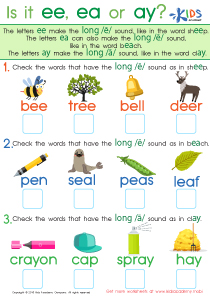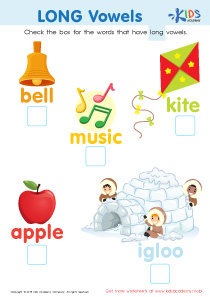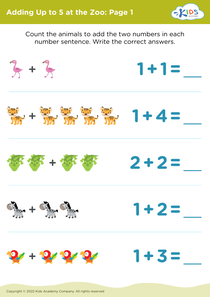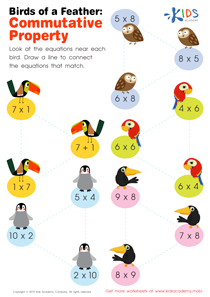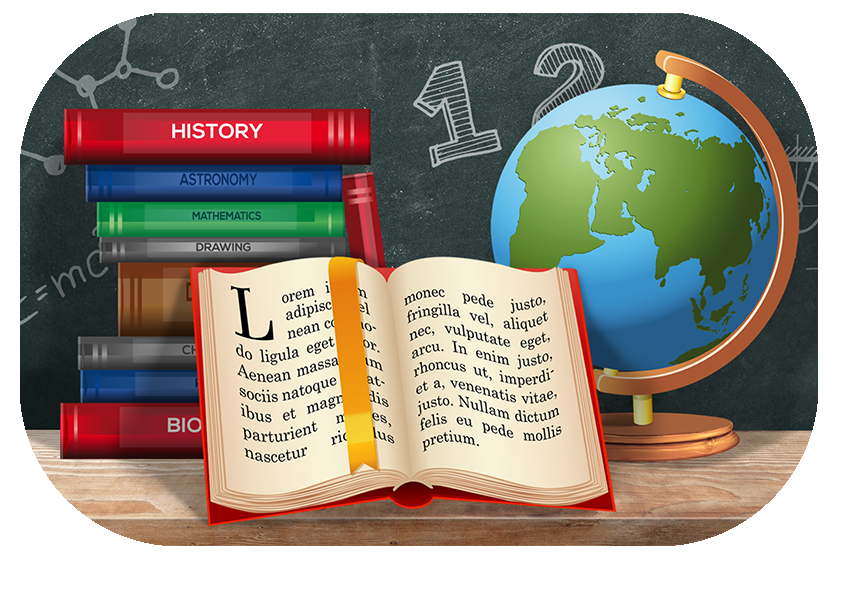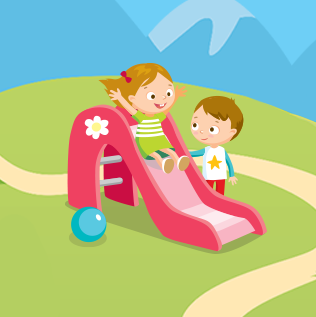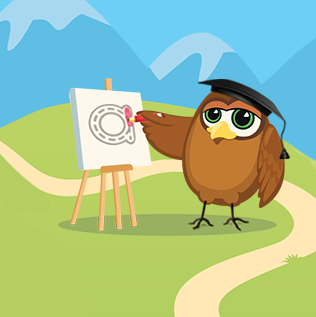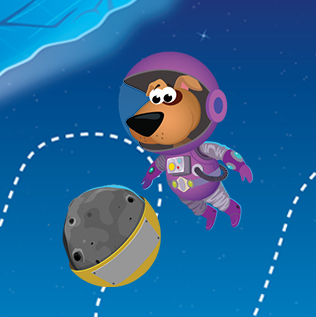English Language Arts Lessons | Word Relationships and Nuances for Ages 4-6
8 results
Dive into the fascinating world of language with our "Word Relationships and Nuances for Ages 4-6" series! Designed specifically for young learners, this captivating program combines interactive worksheets, engaging educational videos, and fun assessment quizzes to explore the beauty of words and their connections. Children will embark on a journey discovering how words relate, differ, and come to life in communication. This series is perfect for nurturing a love for language, enhancing vocabulary, and developing a keen understanding of word subtleties. Join us and unlock the magic of word relationships and nuances tailored just for the curious minds of 4 to 6-year-olds!
Word Relationships and Nuances for Ages 4-6: A Gateway to Advanced Learning
In the early years of a child's education, the development of language skills plays a pivotal role in shaping their academic journey. Understanding the intricate dance of words, how they relate to each other, and the subtle differences in their meanings can unlock a world of knowledge and creativity. This is where the program on Word Relationships and Nuances for Ages 4-6 comes into play, offering a comprehensive and engaging pathway for young learners to explore the complexities of the English language.
The foundation of this program lies in its interactive worksheets, which are designed to captivate the attention of children in this age group. Through a variety of activities, children are introduced to the concept of synonyms and antonyms, homophones, and how context can change the meaning of a word. These worksheets are not just about rote learning; they encourage critical thinking, allowing children to make connections between different words and their uses in everyday life.
Moreover, the inclusion of educational videos adds an exciting dimension to the learning process. In today’s digital age, children are naturally drawn to visual and auditory stimuli. These videos are carefully crafted to reinforce the concepts learned in the worksheets, providing visual examples and real-life applications of word relationships and nuances. This multimedia approach caters to different learning styles, ensuring that every child can grasp the concepts effectively.
Assessment quizzes play a crucial role in gauging the progress of the young learners. These quizzes are designed to be fun and engaging, taking the form of puzzles or games, making assessment an enjoyable part of the learning process rather than a daunting task. Through these quizzes, parents and educators can identify areas where a child might need extra help, allowing for a more tailored learning experience.
But why is understanding word relationships and nuances so crucial at this stage of learning? The answer lies in the foundation it builds for future academic success. A strong vocabulary is closely linked to reading comprehension, a critical skill not only for academic success but for lifelong learning. By grasitating nuances and relationships between words, children can develop a deeper understanding of texts, express themselves more clearly, and engage more effectively in critical thinking and problem-solving activities.
Moreover, this program aids in social and emotional development. As children learn to express themselves more accurately, they gain confidence in their ability to communicate. This not only enhances their relationships with peers and adults but also fosters a positive attitude towards learning.
In conclusion, the program on Word Relationships and Nuances for Ages 4-6 is more than just an educational tool; it is a gateway to a world of knowledge and opportunities. By engaging young minds in a fun and interactive way, it lays the groundwork for advanced learning, giving children the best start in their academic journey. Through this program, children not only learn about words but also about the power of language and how it can shape their understanding of the world around them.
